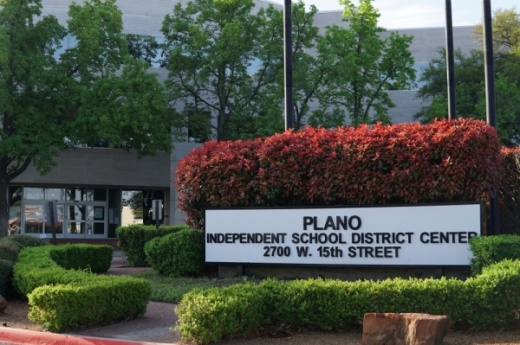The district has lost roughly 1,900 students in the last four years, according to Rocky Gardiner, school district consulting director with Templeton Demographics, and that trend is projected to continue.
“This is a trend that we’ve been seeing, really based on ... You’re just top-heavy,” Gardiner said. “There’s just a very large twelfth-grade class and smaller kindergarten classes coming in.”
Since 2010, average prices of new homes in Plano have increased by 55% to $478,015, while existing homes have increased by 54% to $385,185, according to the presentation. Plano has sold a combined 6,000 homes between existing housing and new housing for seven consecutive years, he said.
About three students are accounted for in every 10 homes built since 2016, he said. This is a decrease from the six students for every 10 homes in 2010, according to Templeton Demographics.
Less than one student per 100 apartments built since 2015 was found in Gardiner’s study.
“Obviously, there’s a demand for housing, but the challenge for housing right now is affordability,” Gardiner said. “We’re going to see how that plays out in the next 12-18 months.”
A decline in housing could also be linked to a number of renovation projects in the city and that Plano is approaching build-out, or that less than 5% of the land for housing is undeveloped, he said.
As enrollment at the elementary level continues to decline, numbers are expected to stabilize in six or seven years. This is a good thing from a building capacity standpoint, Gardiner said.
Plano ISD watches for campuses that reach 85% of its building’s full capacity, known as program capacity. Capacity of 85% is called "functional capacity" and serves as a warning for the district to watch trends at specific campuses, according to Randy McDowell, the district’s chief financial officer.
“From a finance person, you don’t necessarily want that much capacity at all the elementaries,” McDowell said. “Your most efficient point would be is if everything ... [is] over functional [capacity], but you’re not at program [capacity]. That would be optimal efficiency.”
Enrollment for the 2019-20 school year was 52,646 students, according to Gardiner’s presentation. Estimated projected enrollment for the 2029-30 school year is 49,071.





